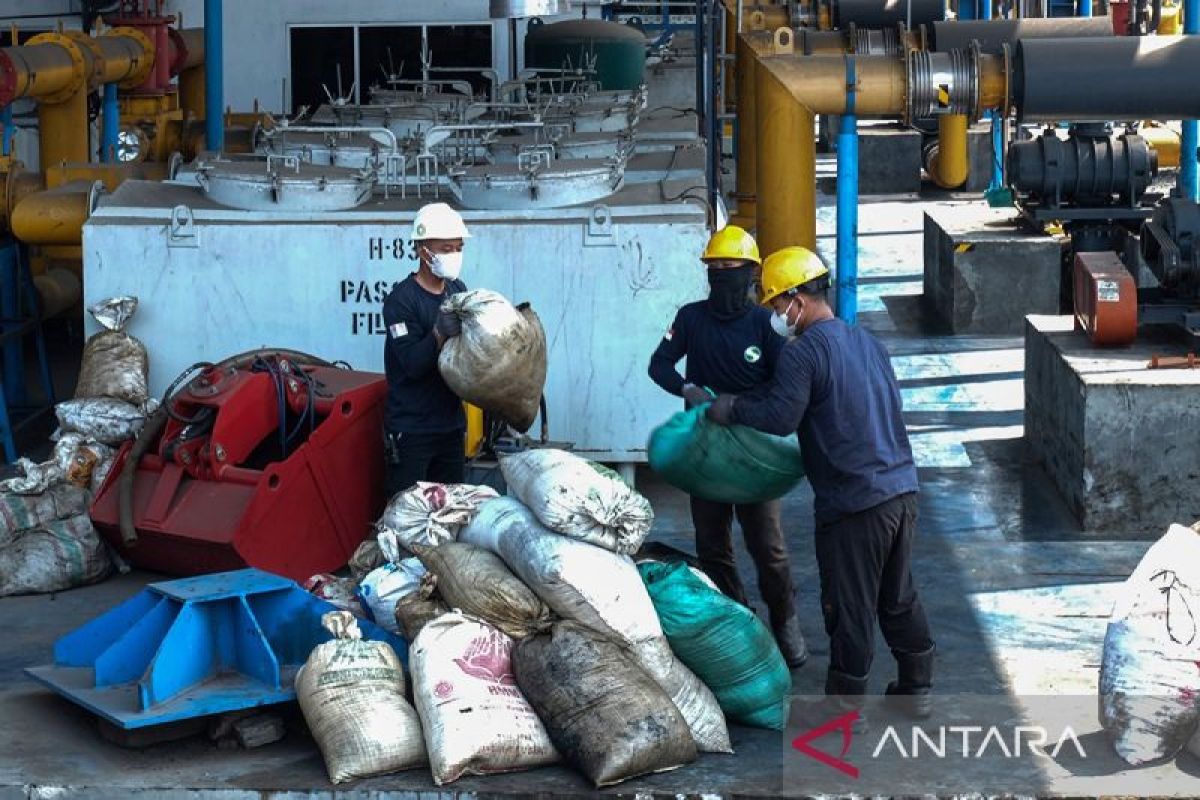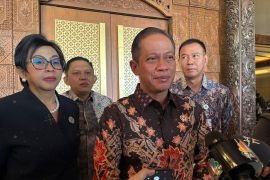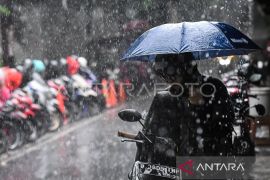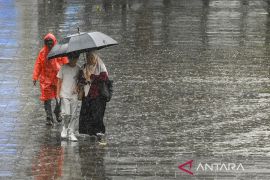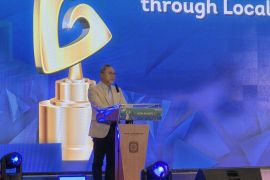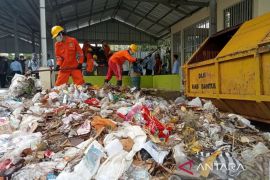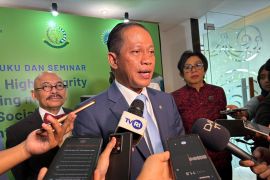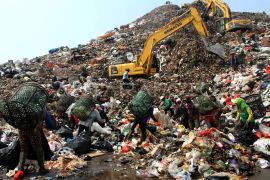The Indonesian government has set a target to establish waste-to-energy plants (PLTSa) at 33 locations nationwide in an effort to address the country’s mounting waste problem.
Environment Minister Hanif Faisol Nurofiq told lawmakers on Wednesday that the government will move forward by drafting a new regulation that merges three existing presidential decrees, one of which focuses on accelerating the development of environmentally friendly waste-to-energy facilities.
“According to Presidential Regulation No. 35 of 2018, the initial target was to develop such plants in 12 cities, but we aim to raise it to 33 locations,” Nurofiq said during a hearing with Commission XII of the House of Representatives (DPR).
He added that the number could increase further, pending additional studies.
The regulation initially identified cities such as Jakarta, Bekasi, Semarang, and Makassar as pilot locations. However, only two facilities are currently fully operational: the Putri Cempo PLTSa in Solo, Central Java, and the Benowo PLTSa in Surabaya, East Java.
Nurofiq said the new regulation would assign the implementation of the waste-to-energy program to Danantara—the country's new sovereign wealth fund—and state-owned electricity company PLN.
Meanwhile, regional governments will be responsible for preparing raw materials and sites for the construction and operation of the planned power plants.
The government also plans to replace tipping fees for waste processors with more favorable subsidy mechanisms.
“The President expects all the necessary permit processes to be completed this year,” Nurofiq said.
Related news: Seeking solutions for waste handling in Indonesia
Related news: Need national movement to fight against waste: Prabowo
Translator: Prisca T, Tegar Nurfitra
Editor: Anton Santoso
Copyright © ANTARA 2025
